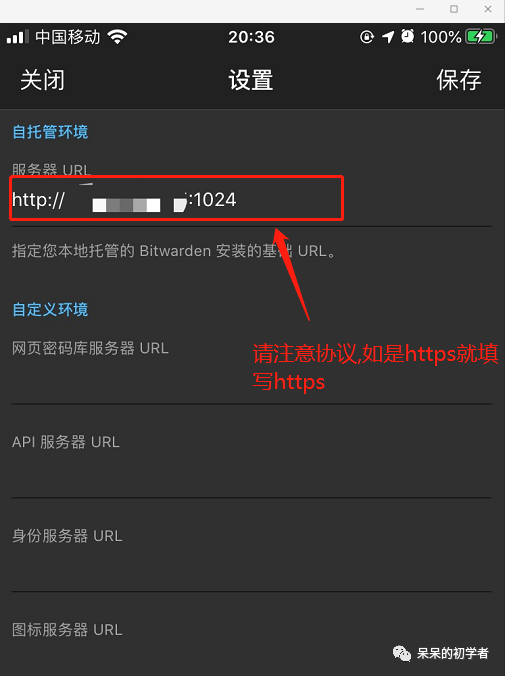

ValidationĬheck if Vaultwarden is running. Only after securing your server, make it external available. Sample output R0aicfhdUpsKuPtE3076bz3QWERTZeFEOnnnO57LGUq62Dazj/123Erf65XIvQR0Īdditional security like 2FA might also be on your security list. The be able to access the admin page, you need to activate it and provide an access token.ĭocker run -d –name bitwarden -e SIGNUPS_ALLOWED=false -e INVITATIONS_ALLOWED=false -e ADMIN_TOKEN= R0aicfhdUpsKuPtE3076bz3QWERTZeFEOnnnO57LGUq62Dazj/123Erf65XIvQR0 -v /bw-data/:/data/ -p 8888:80 -p 3012:3012 vaultwarden/server:latestĪ token can be generated by running: openssl rand -base64 48 You might to disallow signups and invitations. The above example is going to install and run Vaultwarden in the standard configuration.

Vaultwarden/server:latest More secure setup Provide a data directory for permanent storage. The example is mapping external port 8888 to Vaultwarden port 80 (web) and web socket port 3012. To run Vaultwarden on Docker, just start it and provide some startup parameters.

I installed Docker on my Raspberry Pi 2 and then installed Vaultwarden. The provided Docker image contains all services and consumes less resources. Luckily, there is a lighter version of Bitwarden available: Vaultwarden (formerly known as Bitwarden_RS). The CPU and memory footprint is considerably high, especially when only a few users is going to use the service. The official installation is rather complex and will install around 12 containers. Available as a commercial service, the open source nature of it makes it possible to run Bitwarden in a self-hosted environment. It can be used to store credentials and to fill out logon forms automatically (via plugins). Bitwarden is an Open Source password management tool.


 0 kommentar(er)
0 kommentar(er)
